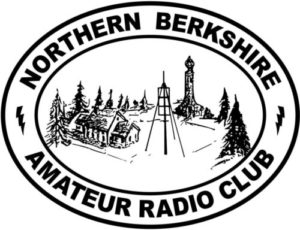Courtesy of Chris, K2CWC
(This is an abridged version of the complete build article which can be found at the link above. Many thanks to Chris for allowing us to reproduce his work here.)
When I passed my technician license exam I was confronted with the fact that I didn’t have a radio.
Well, I submitted my order with a QRZ-1 Explorer through the GigaParts New HAM promotion. That’s a fantastic deal and I have been thrilled with that radio for portable VHF/UHF use.
Meanwhile, continuous wave (CW) called to me. I was just intrigued with the idea of communicating using Morse Code. The learning and studying leading up to the Technician Exam really sparked an interest and a desire to keep learning.
The Build
Remember, a CW key is just a switch. It closes a contact between a supply voltage and common which, in turn leads to a “continuous wave” (CW) signal being generated by a keyer or keying circuit…
My approach to building this “switch” was to aim for a side-swipe or side-shift dual key. Pushed to the left, it closes the contacts for my keyer to produce a DAH. Pushed to the right it closes the contact for my keyer to produce a DIT. Or vice verse, my keyer can accomodate either directional bias.
I started with two hacksaw blades. I used an angle grinder to grind down the teeth on the blade and then used a cutting wheel on the same grinder to cut the blades into 4″ lengths that I thought would work well with my enclosure length of 4-1/4″.



The electrical wiring is best approached remembering that this key is just a double pole, single-throw (SPDT) switch with a center rest. Pushed one way, it closes one circuit (DAH), pushed the other way it closes another circuit (DIT). Without any force on it, it rests in the center with both circuits open (no signal produced).


